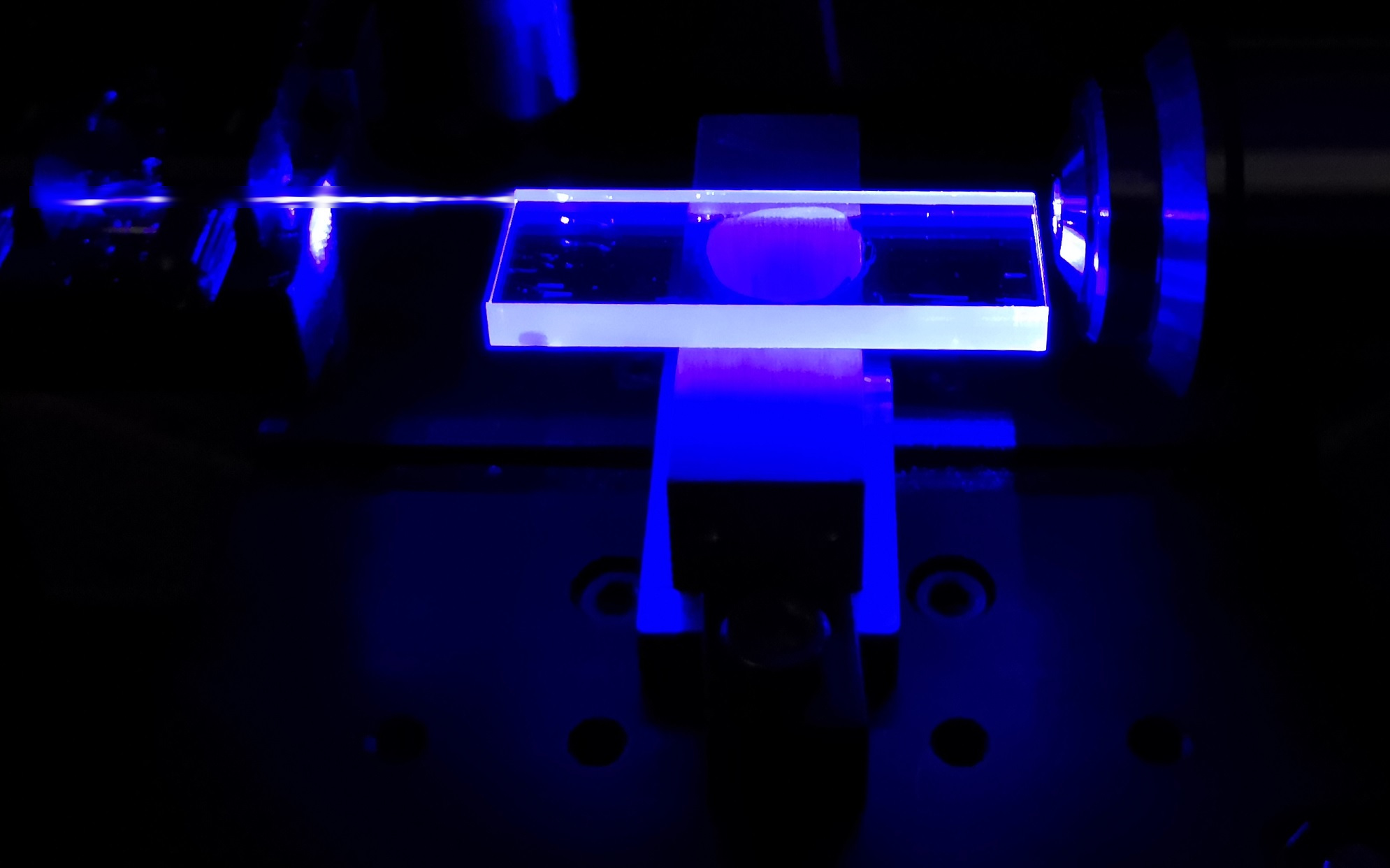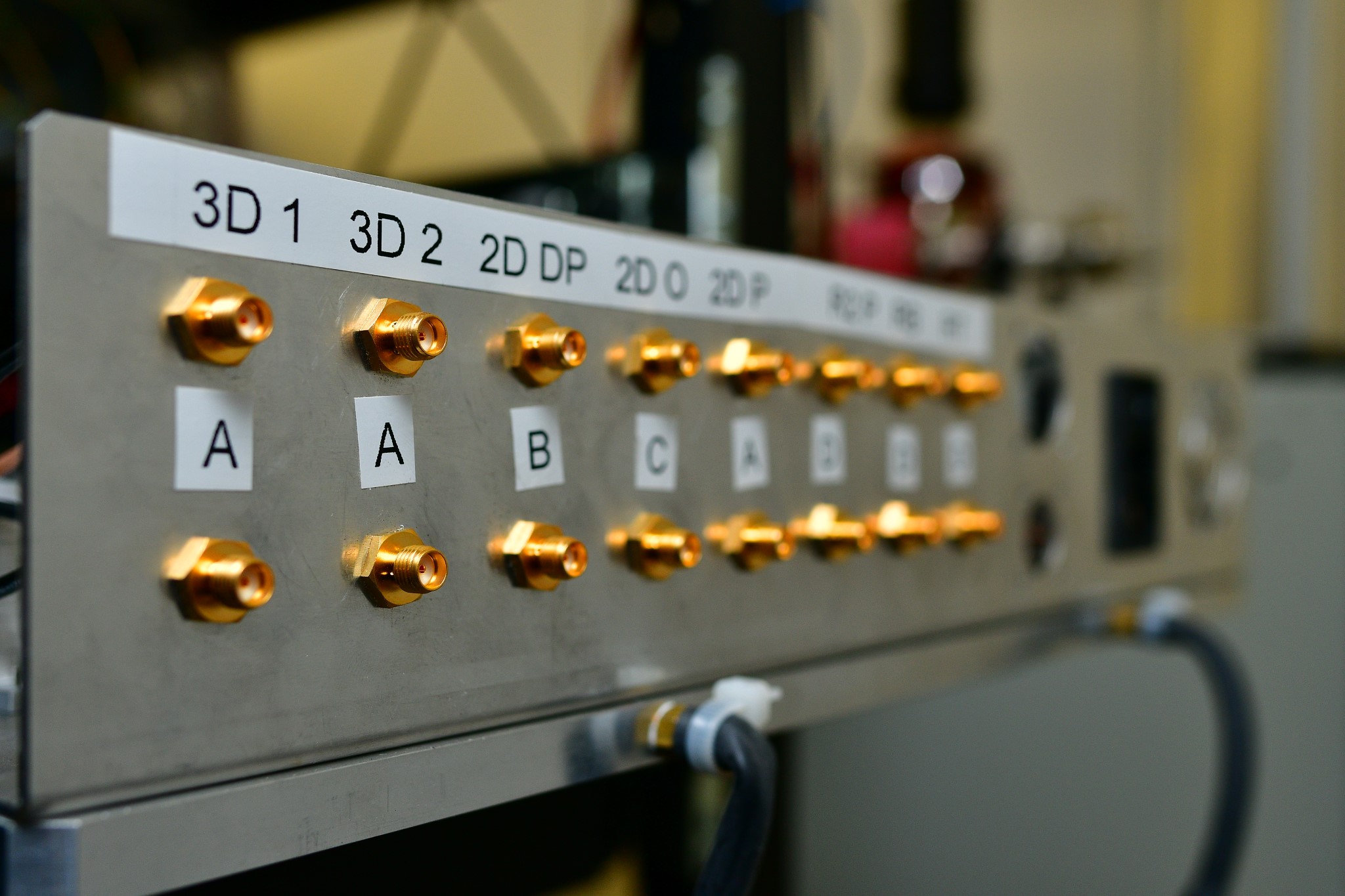STREAMLINE
"Quantum Technologies are set to transform the technology landscape and change the way we fundamentally navigate, compute, communicate and secure vast quantities of data that is the backbone of modern society. However, the technologies at the heart of this potential revolution are currently, largely shackled to sophisticated laboratories.
The Streamline project will build on highly-successful work from this consortium and will develop a reliable commercial solution for the cooling of strontium ions by addressing the challenges associated with the handling and packaging of novel GaN semiconductor materials. This demonstration represents a key step in meeting the demands of important systems covering the whole GaN-enabled spectrum (365-550nm)."
Fraunhofer CAP collaborated in this project with:
ALTER TECHNOLOGY TUV NORD UK LIMITED
TOPGAN QUANTUM TECHNOLOGIES LIMITED
QUEST - Quantum Entangled Source
The possibility to exchange a cryptographic key secured by the laws of quantum physics is rapidly leaving the academic laboratories and entering our everyday life, with commercial devices currently available. These, typically, rely on the propagation of quantum states of light in dedicated optical fibres. However, the unavoidable fibre loss is limiting the maximum distance achievable to roughly a hundred miles. This limitation could be overcome by exploiting satellite quantum communication. Different governments and funding agencies, such as China and the European Space Agency, are currently investigating this possibility. The main component for satellite quantum communication is the source of quantum light. In this project, we want to evaluate the feasibility of a commercial product for the generation of the necessary quantum states of light able to be deployed on a satellite. By combining Optocap's expertise in the packaging of optical components for space applications and Fraunhofer Centre for Applied Photonics know-how in quantum technologies, we aim at defining the route towards the first commercialisation of a source of entangled photons for satellite quantum communication.
Fraunhofer CAP collaborated in this project with:
Optocap Limited


 Centre for Applied Photonics
Centre for Applied Photonics